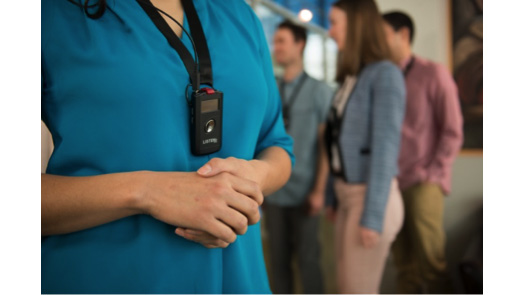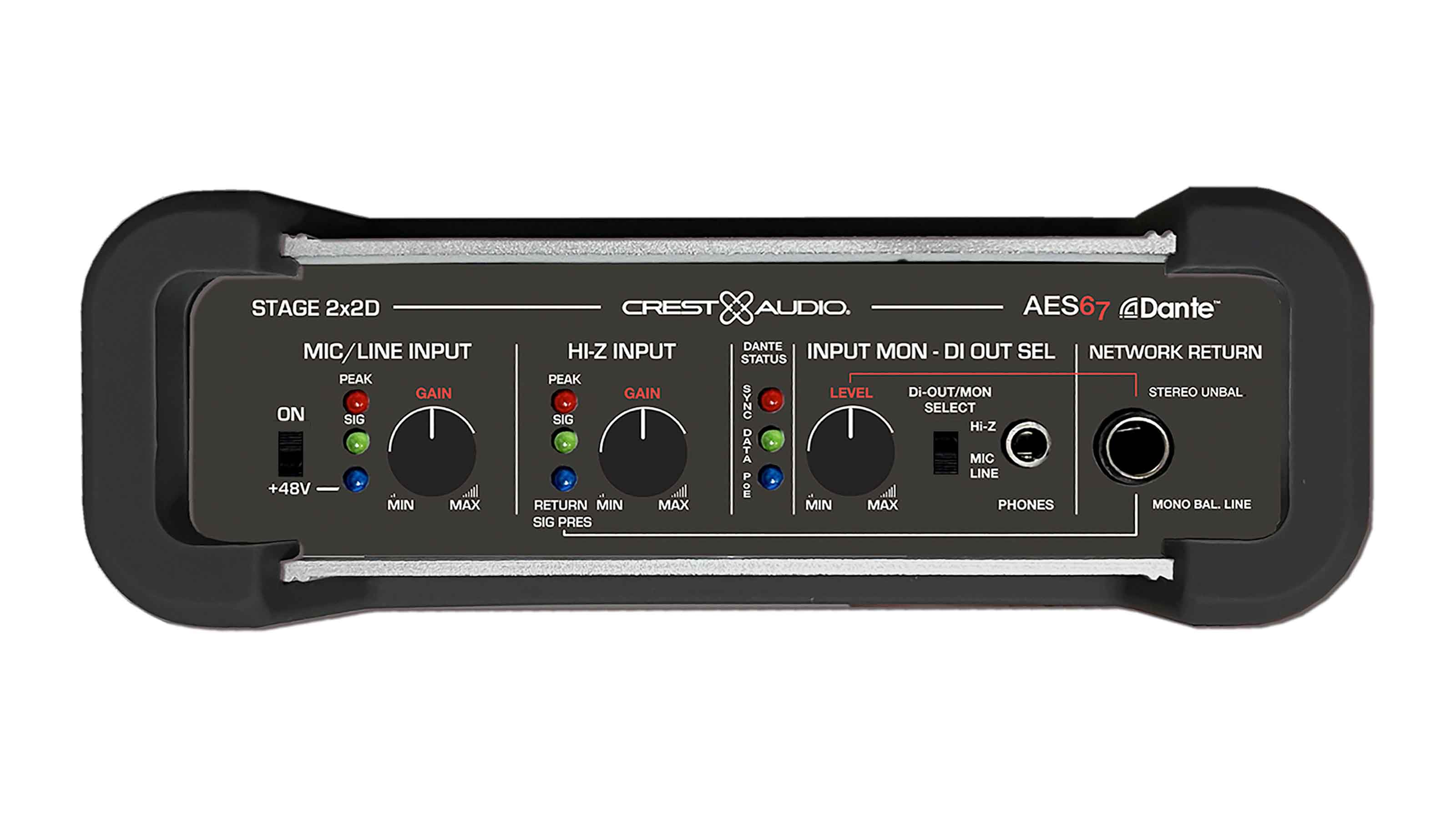10 Challenges Solved with Advanced Wireless Communication Solutions

Customers who pay a premium for tours on vacations want to hear every word their guide has to say. But if they’re straining to hear and squeezing between strangers’ elbows to get a little closer to the leader, they probably won’t get the experience they bargained for.
Whether touring a historic district, a factory, a quiet museum, or a noisy ballpark, group tours can be fun and educational—but only if the group leader can effectively communicate to the group. If the guide must whisper, communication suffers. If guides and participants end up shouting, it can put a damper on the experience.
For years, portable tour systems have attempted to bridge the communication gap, but have had several challenges, including being limited to one-way communication. Fortunately, wireless communication systems, such as ListenTALK from Listen Technologies, have evolved beyond requiring tour or training participants to be in listen-only mode.
Here are the top 10 challenges that new wireless communications systems have solved.
1. Inability to Combine Multiple Groups into One Group
Traditionally, when people on a group tour decide they want to join another tour partway through, they need to return their receiver for another set at a different frequency, or have the frequency changed on the receiver, which is time-consuming.
New advanced technology allows users to quickly configure groups on the fly, making the transition from one group to another nearly seamless.
A daily selection of features, industry news, and analysis for AV/IT professionals. Sign up below.
2. Limited Group Interaction
Most tours are conducted by a leader who spends the entire time speaking to the group. When participants have questions, they either have to wait until the end of the tour or shout to be heard. This one-way communication can make tours frustrating for the speaker and the participants.
New advanced technology allows two-way communication between participants and the leader.
3. Hard to Ask Questions
Walking around a new workplace with human resources in the lead is a dreaded rite of passage at a new job. With groups larger than five people, it can be hard to ask questions, especially when everyone starts talking at once.
New advanced technology allows two-way communications, so no matter where in the group people are positioned, they can ask questions that are heard by the leader and even other participants.
4. Needing a Hearing Boost
Whether their hearing isn’t as good as it used to be from age, or from standing too close to the speakers at the concert the previous night, many users could use an assistive listening boost to better hear the group conversation. However, they don’t want to ask for it in front of everyone, so they keep nodding their head and hope they aren’t agreeing to something they will later regret.
Wireless communication systems are flexible for a variety of listening environments and meet global assistive listening compliance standards.
5. Presentation Is in Another Language
On vacation in another country and visiting a museum to learn about the local culture, travellers often encounter group tours that are only offered in the native speaking language of the country—which they might not understand.
New advanced wireless communication systems are flexible to allow up to 10 simultaneous groups to be active at the same time. This allows everyone to be a part of the conversation—including language translators—regardless of the language they are speaking.
6. Broken Intercom System
Just as the performers take the stage, the intercom system goes down, leaving the camera operators, audio mixers, stagehands, and director on radio silence.
New advanced wireless communication systems are an affordable alternative to the typically expensive solutions, offering venues an affordable option for production teams to communicate quickly and effortlessly.
7. Shortage of Headphones
Some group tours have huge headphones that make guests look like they’re navigating an airport runway. Sometimes guests wait to go on a tour because all the headphones are being used on an existing tour, even if there are receivers ready for the next tour to start. If only they could use their own headphones with the receivers…
Many wireless communication systems use a 3.5mm audio jack to plug the headphones into the receiver. Because of this, users are able to use their own headphones with the receiver, so they don’t have to miss out on a tour.
8. Security
Many people view wireless communication systems as being unsecure, so they skip answering personal, HR, or proprietary questions due to a fear of the information being overheard.
New advanced wireless communication systems use encryption technology to ensure a group’s privacy.
9. Interference
One common frustration occurs when one tour group gets too close to another group, and people suddenly hear a new voice talking about a new topic. Yes, that’s not confusing at all…
New advanced wireless communications systems use Digital Enhanced Cordless Telecommunications (DECT) technology, which operates on a 1.9GHz frequency instead of the overcrowded 2.4GHz frequency, eliminating interference.
10. Changing Group Leaders
If a group leader needs to be switched in the middle of a tour or a sub-leader added, the group must wait a minute or two for the exchange of mics and transceivers before continuing the tour. If a tour is long and includes multiple presenters, the exchanges become disruptive.
New advanced wireless communication systems can allow for multiple leaders in a group and allow for a nearly seamless change from one leader to another.
Answering questions, comments, and collaborating in a group can be challenging in certain environments. Previously, users had to pick which challenges to solve with their wireless communications solution as most systems did not address all challenges. The days of choosing which challenges to solve are over thanks to devices such as the new ListenTALK mobile two-way communication system from Listen Technologies.
